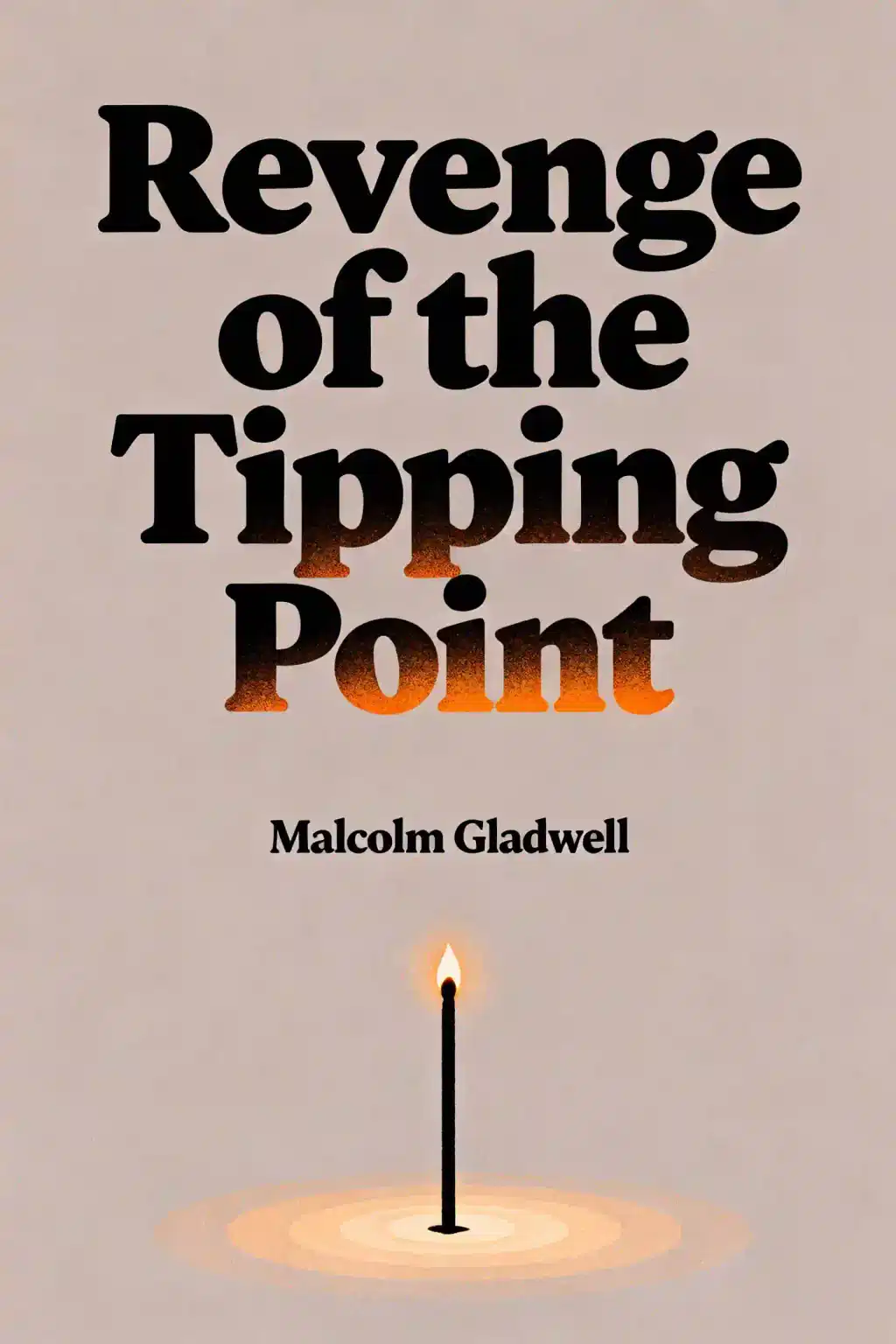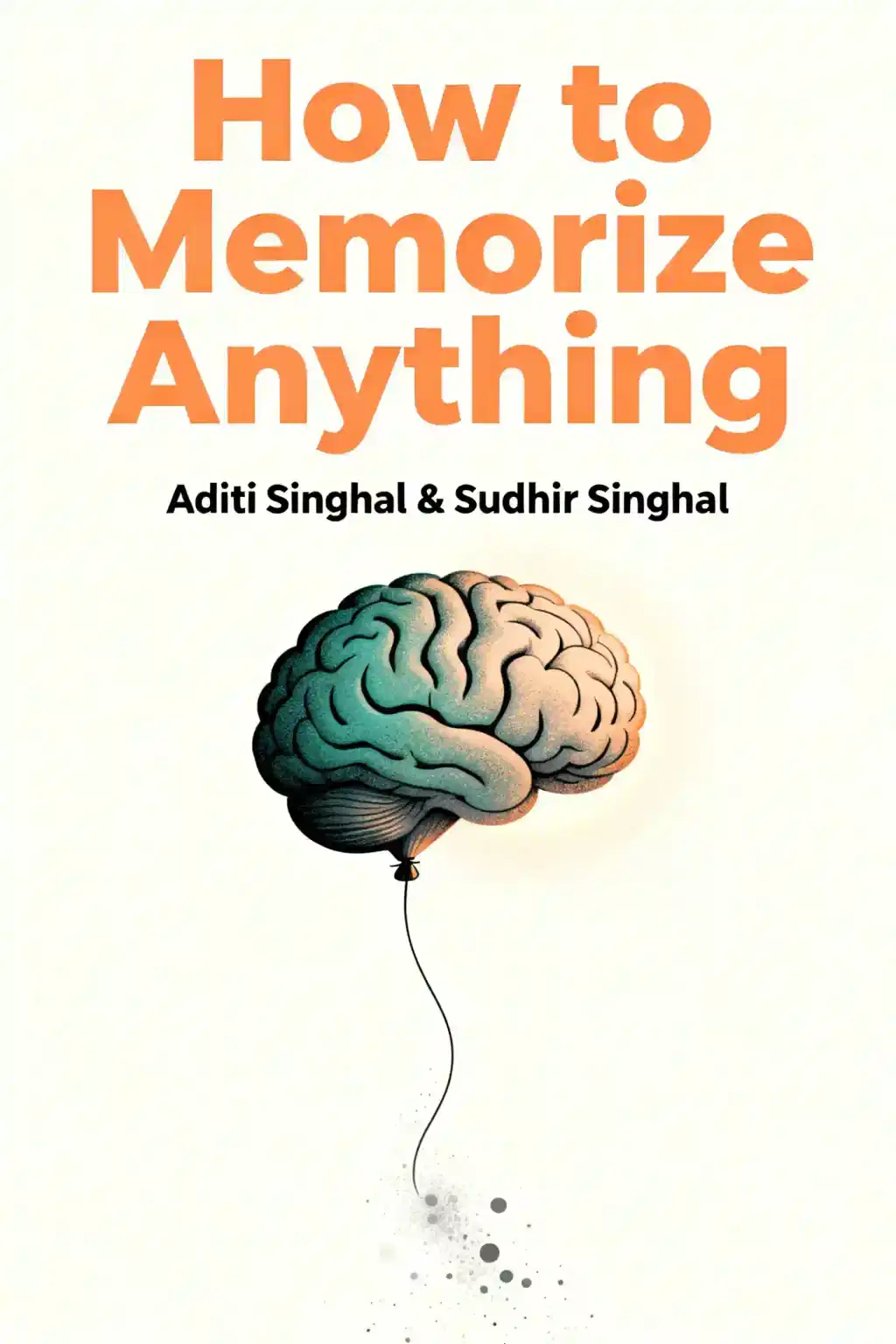What is
Amazon by Natalie Berg and Miya Knights about?
Amazon analyzes the e-commerce giant’s rise from an online bookstore to a global retail empire, exploring its customer-centric strategies, disruptive innovations, and impact on traditional retail. The book combines industry data and insider perspectives to explain how Amazon’s long-term vision, logistics mastery, and technological investments revolutionized commerce—and what businesses must do to compete.
Who should read
Amazon by Natalie Berg and Miya Knights?
Retail executives, entrepreneurs, and e-commerce professionals seeking to understand Amazon’s dominance and adapt to industry shifts will find actionable insights. It’s also valuable for business students or investors analyzing digital transformation trends and competitive strategies in modern retail.
Is
Amazon by Natalie Berg and Miya Knights worth reading?
Yes—the book provides a data-driven blueprint for navigating Amazon-dominated markets, backed by the authors’ retail expertise. It balances historical analysis with forward-looking predictions, making it essential for understanding the future of omnichannel commerce and consumer behavior.
What are Amazon’s core strategies for retail dominance?
Amazon prioritizes long-term customer value over short-term profits, leveraging scale, data analytics, and relentless innovation. Key tactics include Prime loyalty programs, third-party marketplace expansion, and vertical integration (e.g., logistics, cloud services). The company redefines retail by merging convenience, pricing, and technological superiority.
What does “WACD” (What Amazon Can’t Do) mean in the book?
The WACD framework urges retailers to focus on experiential advantages Amazon lacks, like in-store engagement, personalized service, or community-building. Examples include Apple’s workshops or John Lewis’s interactive showrooms—strategies emphasizing human connection over transactional efficiency.
How does
Amazon explain the decline of traditional retailers?
The authors argue Amazon exploited legacy retailers’ slow adaptation to digital trends, particularly their inability to match its logistics speed, pricing algorithms, and ecosystem integration. Category-killer brands and department stores struggled as Amazon redefined convenience through Prime and one-click purchasing.
What quote encapsulates Amazon’s philosophy?
“One of the fundamental reasons for Amazon’s success is its unwavering commitment to a vision laid out over two decades ago: to relentlessly innovate in a bid to create long-term value for customers”. This drives initiatives like Alexa, cashierless stores, and drone delivery.
How does the book critique Amazon’s market power?
While acknowledging Amazon’s innovations, Berg and Knights warn of its monopolistic tendencies, including squeezing suppliers, undercutting competitors, and influencing labor practices. They advocate regulatory vigilance to ensure fair competition.
What future retail trends does
Amazon predict?
The book foresees blended physical-digital experiences, hyper-personalization via AI, and sustainability becoming a key battleground. Retailers must adopt agile supply chains, prioritize transparency, and leverage data to anticipate consumer needs.
How does
Amazon compare to other retail industry analyses?
Unlike purely historical accounts, this book offers actionable frameworks like WACD and analyzes Amazon’s ecosystem (AWS, Prime Video) as competitive moats. It’s frequently paired with The Everything Store for a dual perspective on Amazon’s culture and market strategy.
What lessons can small businesses learn from
Amazon?
Focus on niche customer loyalty rather than competing on price or scale. The authors advise leveraging local partnerships, curated inventories, and community storytelling—areas where Amazon’s scale becomes a weakness.
Why is
Amazon relevant for post-2025 retail strategies?
As AI and same-day delivery become standard, the book’s insights on anticipating consumer expectations and building agile operations remain critical. Its analysis of Amazon’s experiments (e.g., cashierless tech, healthcare ventures) offers clues about future disruptions.




















